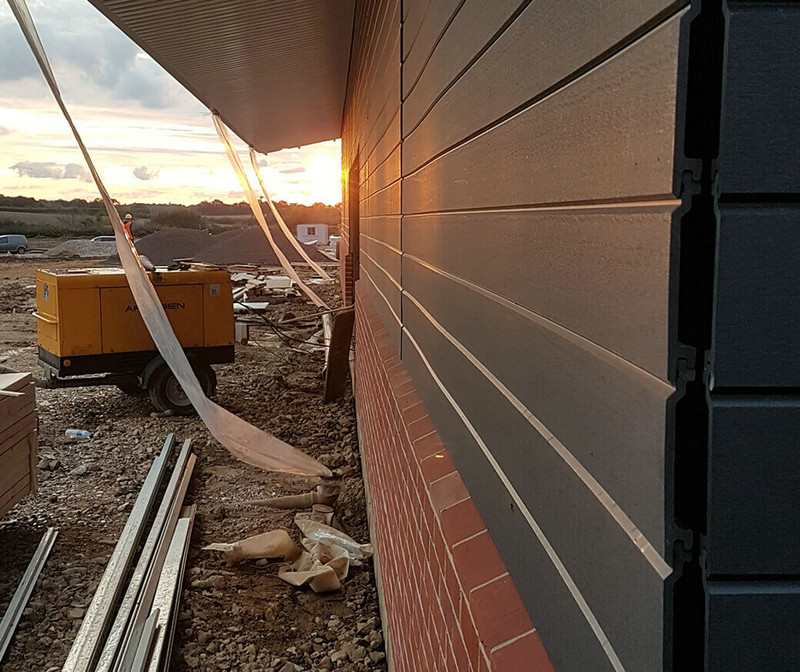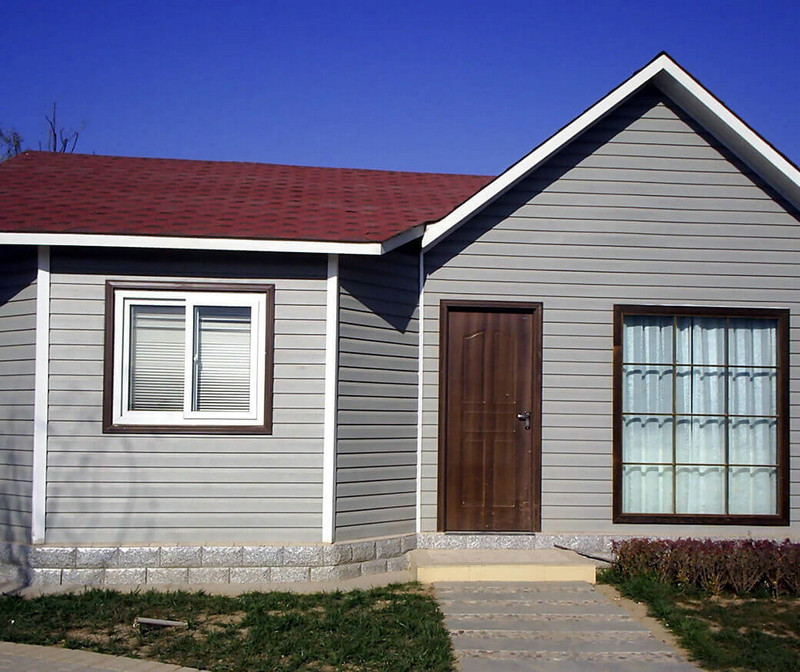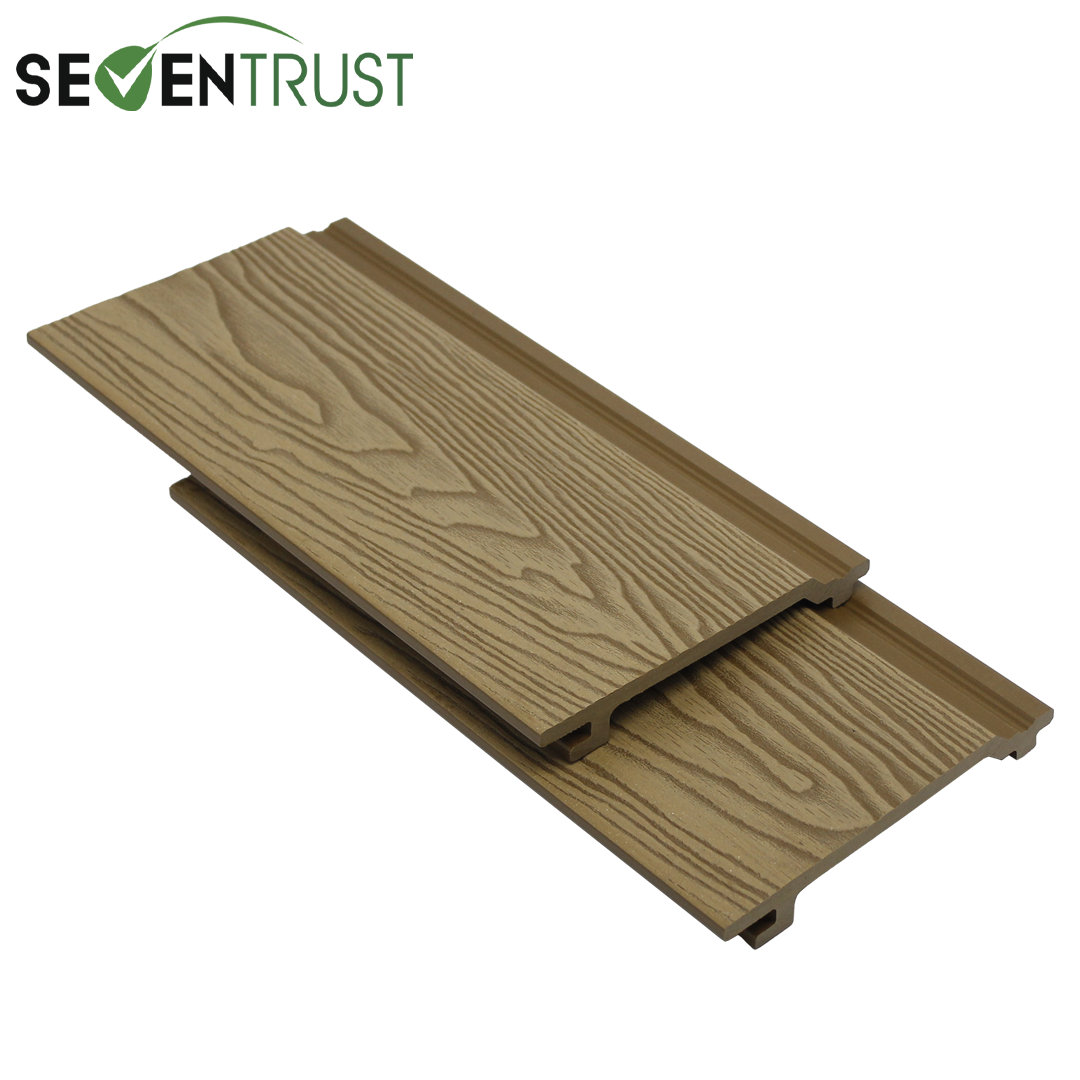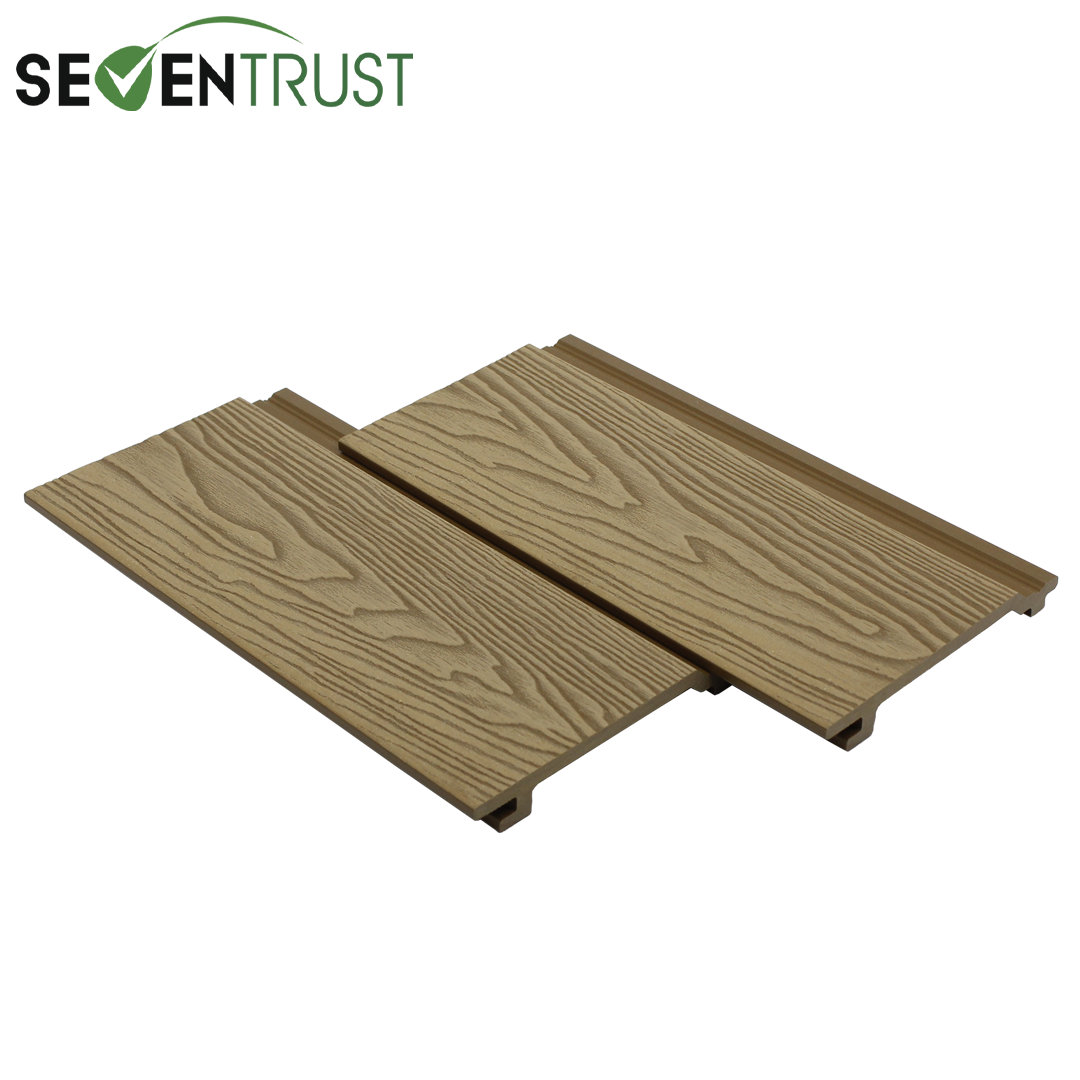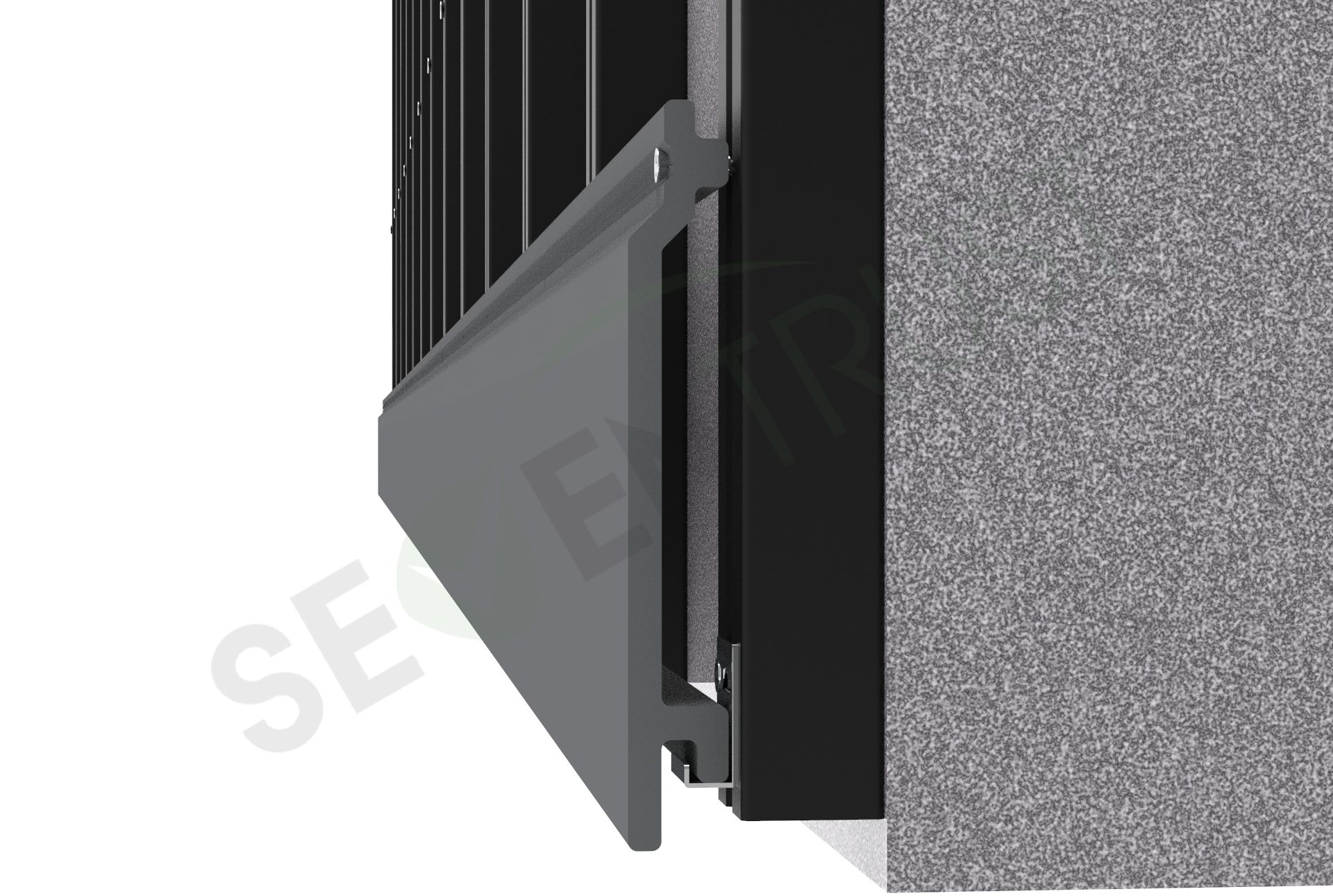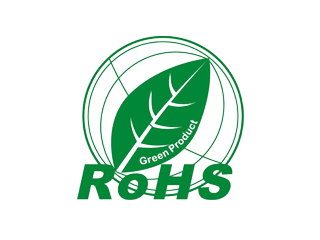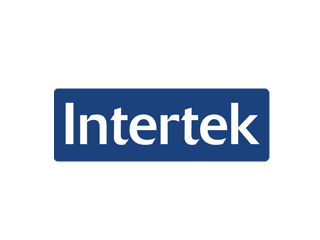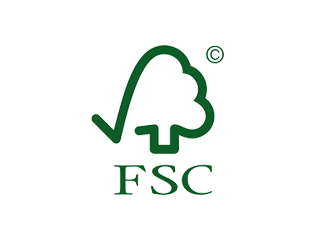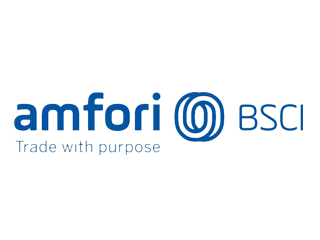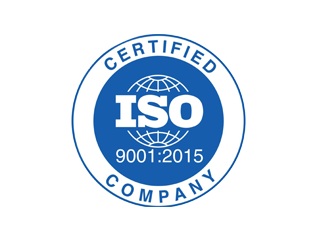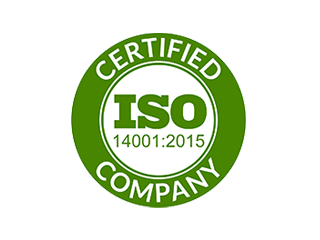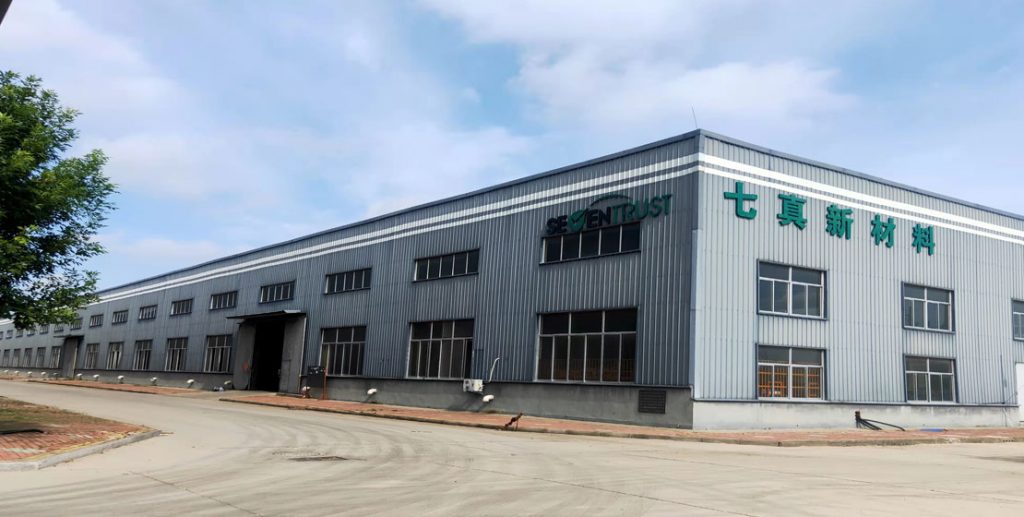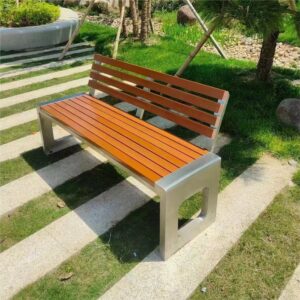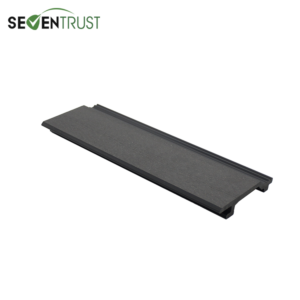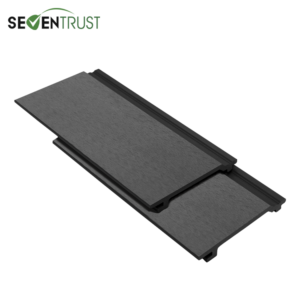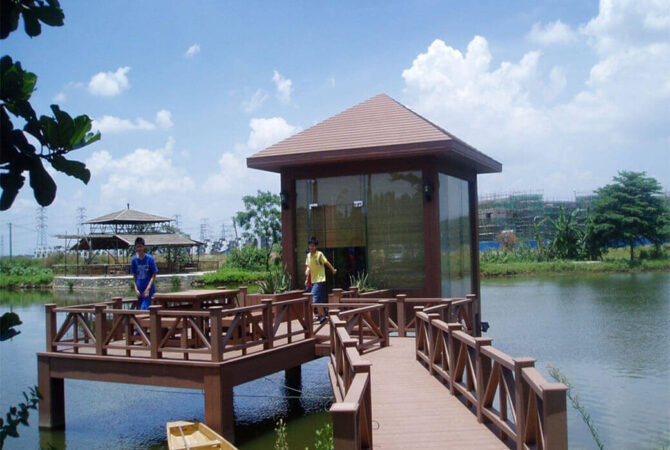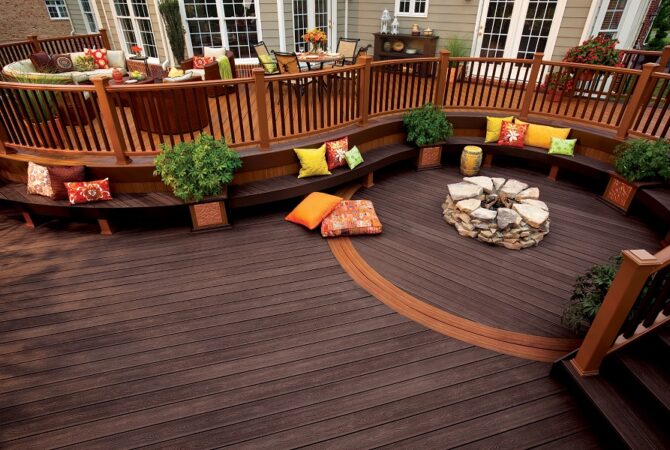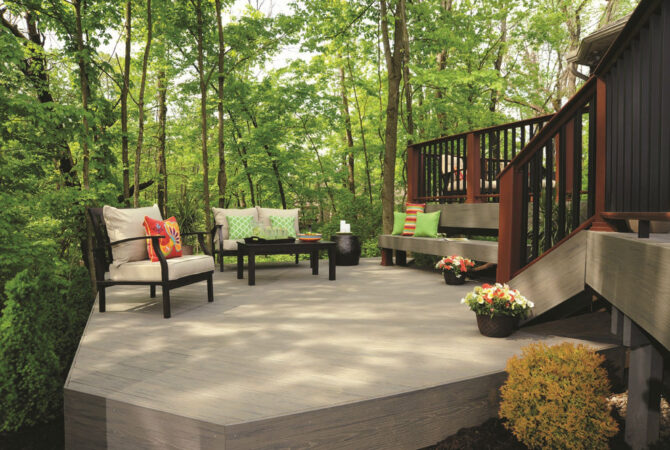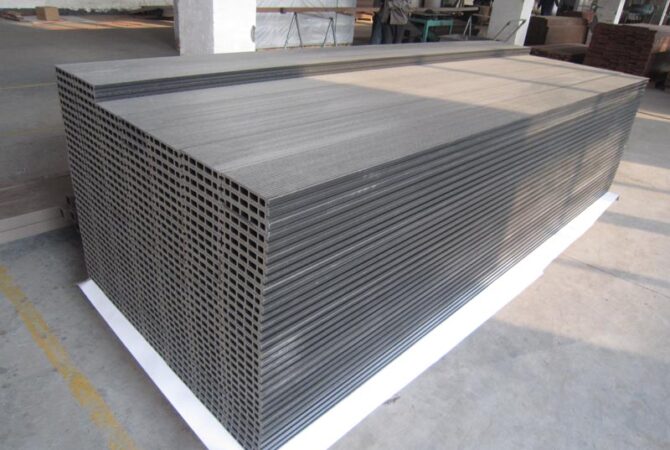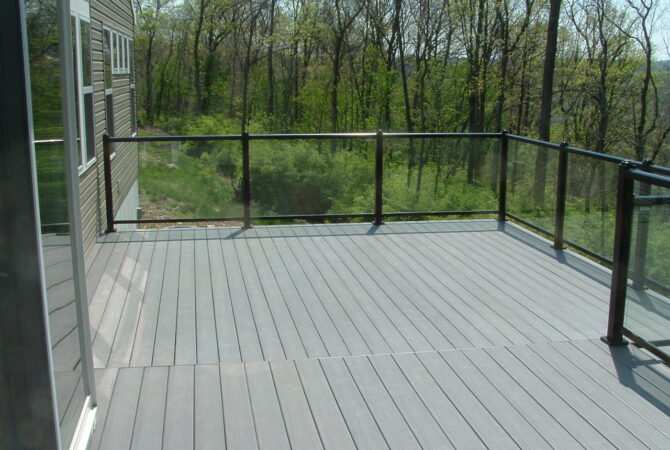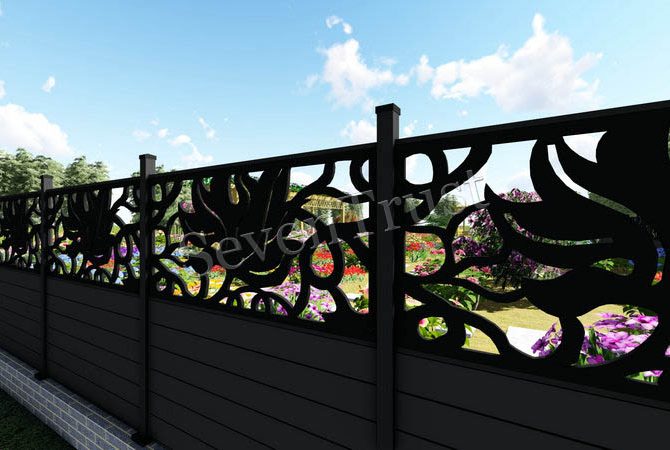STD-156S21 3D embossed WPC (Wood Plastic Composite) exterior waterproof panels are a type of composite material used for cladding and decorative purposes. They are made from a mixture of wood fibers and plastic and feature a 3D embossed pattern on the surface.
The 3D embossing process gives the outdoor wall panels a textured and visually appealing look, while the waterproof feature makes them suitable for use in outdoor environments. The panels are resistant to moisture, UV light, and temperature fluctuations, making them durable and low-maintenance.
In addition to their attractive appearance, 3D embossed WPC exterior waterproof panels also provide a barrier against the elements, protecting the walls from moisture, wind, and other environmental factors. The panels are available in a variety of colors, finishes, and textures, allowing for a wide range of design options to meet the aesthetic requirements of any project.
Product Details
| Product Name | 3D embossed WPC (Wood Plastic Composite) exterior waterproof panels |
| Materials | 55% wood powder + 35%HDPE + 10% special additive |
| Application | Residential, office and commercial Wall building |
| Size | 156mm x 21mm |
| Warranty | More than 10years |
| Style | Sanding, groove, embossed |
| Common color | Dark gray ,light gray ,Teak ,Coffee ,Chocolate, brown ect |
What is the difference between WPC cladding and PVC?
WPC (Wood Plastic Composite) cladding and PVC (Polyvinyl Chloride) cladding are two popular options for building cladding and exterior finishes. Here are some of the key differences between the two materials:
Composition: WPC cladding is made from a mixture of wood fibers and plastic, while PVC cladding is made from a type of plastic.
Durability: WPC cladding is resistant to moisture, UV light, and temperature fluctuations, while PVC cladding is also resistant to moisture but may become brittle and fade over time in direct sunlight.
Maintenance: WPC cladding is low-maintenance, while PVC cladding may require regular cleaning and may need to be painted or treated to maintain its appearance.
Aesthetics: WPC cladding is available in a variety of colors, finishes, and textures, while PVC cladding is often available in a limited range of colors and finishes.
Environmental Impact: WPC cladding is often made from recycled materials and is itself recyclable, making it a more environmentally friendly option than PVC cladding, which is made from non-renewable resources and may not be recyclable.
Cost: The cost of WPC cladding and PVC cladding can vary depending on the quality and finish of the product, and the complexity of the installation. In general, PVC cladding may be slightly less expensive than WPC cladding.

